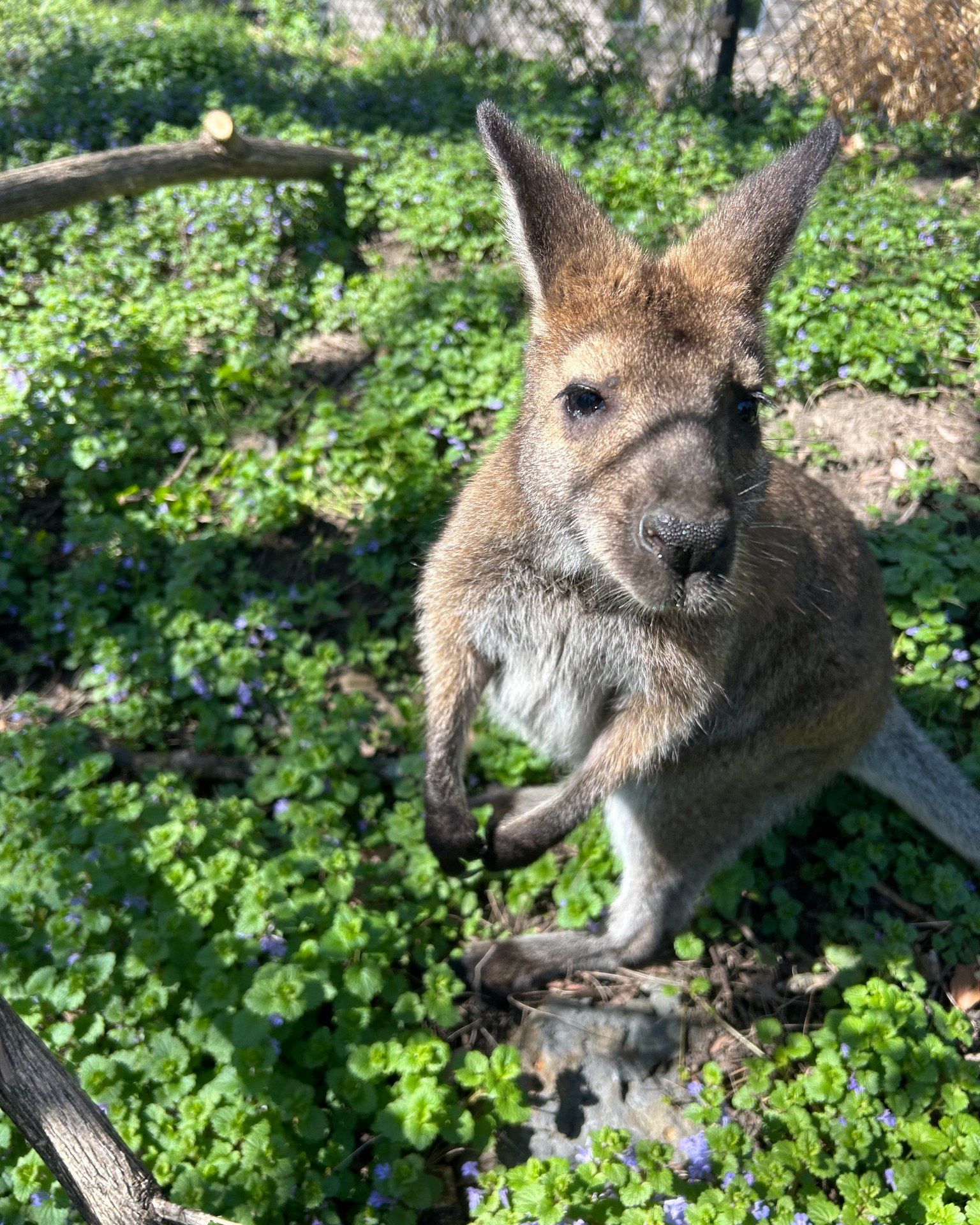- Importance of Bennett’s Wallabies in Ecosystems
- Crouton’s Growth Journey: Keeper Zoe’s Observations
- Care and Management of Bennett’s Wallabies in Zoos
- Conservation Efforts for Bennett’s Wallabies
- The Role of Education and Public Awareness in Wildlife Conservation
Bennett’s wallabies, native to the eastern regions of Australia, play a vital role in their ecosystems. As herbivorous marsupials, they help manage plant growth and contribute to soil health. Their grazing habits can influence the composition of the flora in their habitats, thus promoting biodiversity. Understanding these roles is crucial for ecologists and conservationists alike. The health of an ecosystem often hinges on the well-being of its wildlife residents, and wallabies are key players in this dynamic.
Crouton, the Bennett’s wallaby, has captured the hearts of many, particularly zoo keeper Zoe. Over the past year, she has closely observed his growth and behavior, which has provided valuable insights into the development stages of young wallabies. Crouton was born in the zoo and has grown from a tiny joey, snug in his mother’s pouch, to a lively young wallaby exploring his environment. This transformation is both fascinating and significant for understanding wallaby behavior and development.
The care and management of Bennett’s wallabies in zoos require a specialized approach. Zookeepers like Zoe must consider several factors, such as diet, social interaction, and habitat design. Wallabies require a balanced diet rich in grasses and foliage. Their habitats need to mimic the natural environments they thrive in; therefore, zookeepers create spaces that encourage natural behaviors, such as hopping and foraging. Sustaining a healthy population of Bennett’s wallabies in captivity allows for educational opportunities to inspire visitors about wildlife conservation.
Conservation efforts for Bennett’s wallabies are critical as they face threats in the wild due to habitat loss and predation. Protected areas and wildlife reserves are essential for ensuring the survival of these species in their natural habitats. Efforts include habitat restoration projects, breeding programs, and public awareness campaigns. Organizations are working to create corridors that connect fragmented habitats, enabling wallabies to migrate safely between different areas. Engaging local communities in these efforts fosters a shared responsibility for wildlife protection.
Education and public awareness are vital components of wildlife conservation strategies. Programs that focus on the importance of Bennett’s wallabies in ecosystems help galvanize community support. For instance, interactive sessions, such as the one featuring Crouton, can shed light on the daily lives of wallabies, their behaviors, and their roles in the environment. Connecting people emotionally to animals encourages stewardship and respect for nature. The more people understand the challenges facing wildlife, the more likely they are to take action.
Each of these points reflects a holistic view of Bennett’s wallabies and their significance both in the wild and in captivity. Crouton the Bennett’s wallaby, under Keeper Zoe’s care, serves as an ambassador for his kind. His journey from joey to juvenile highlights not only biological development but also the importance of ongoing conservation efforts.
*****
Source Description
Look how much he’s grown! The sweetest with Crouton the Bennett’s wallaby 🦘📱: Keeper Zoe


